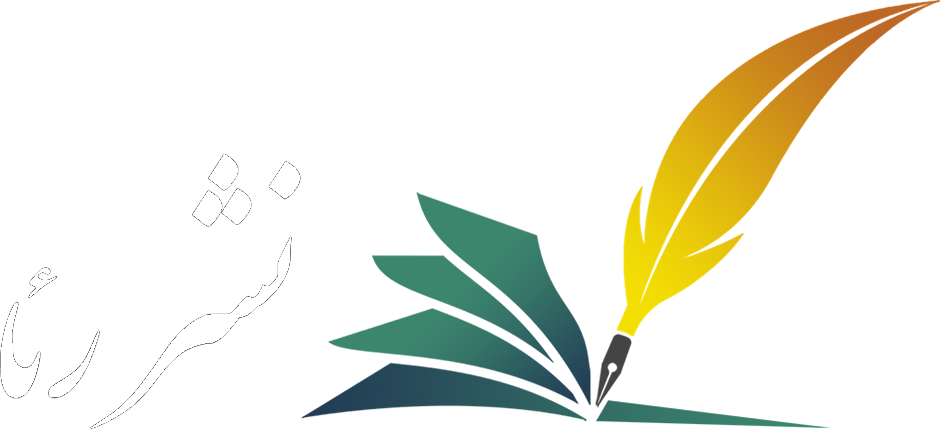ارایه مدل تابآوری سازمانهای دولتی در برابر شوکهای اقتصادی، رویکردها و استراتژیها
چکیده
هدف: هدف این پژوهش سنجش میزان تابآوری سازمانهای دولتی در برابر شوکهای اقتصادی و شناسایی رویکردها و استراتژیهای موثر بر آن است.
روششناسی پژوهش: این مطالعه از نوع توصیفی–کاربردی است و با رویکرد کمی انجام شده است. جامعه آماری شامل ۲۰۰ نفر از مدیران و کارشناسان سازمانهای دولتی شهر تهران بوده و با استفاده از فرمول کوکران، حجم نمونه ۱۳۲ نفر تعیین شد. دادهها از طریق پرسشنامه محققساخته گردآوری و با روش رگرسیون خطی در نرمافزار SPSS تحلیل شدند.
یافتهها: نتایج نشان داد متغیرهای تابآوری سازمانی و شوکهای تجاری با اطمینان % 99 بر شوکهای مالی اثر مثبت دارند. همچنین شوکهای تجاری و مالی تاثیر معنیداری بر رویکردها و استراتژیهای سازمانی دارند، در حالی که تابآوری سازمانی بهصورت مستقیم تاثیر معناداری بر این متغیر نشان نداد. با این حال، تابآوری از طریق متغیر میانجی شوکهای تجاری بهصورت غیرمستقیم بر استراتژیها اثرگذار است.
اصالت/ارزشافزوده علمی: پژوهش حاضر با ارایه مدلی مفهومی از ارتباط بین تابآوری سازمانی، شوکهای تجاری و مالی و استراتژیهای مقابلهای، بینشی کاربردی برای مدیران دولتی در جهت افزایش پایداری سازمان در شرایط اقتصادی نامطمئن فراهم میکند.
کلمات کلیدی:
تابآوری سازمانهای دولتی، شوکهای اقتصادی، شوکهای مالی، شوکهای تجاری، استراتژیهای سازمانیمراجع
- [1] Juez, C., Thalmann, M., Schleiss, A. J., & Franca, M. J. (2018). Morphological resilience to flow fluctuations of fine sediment deposits in bank lateral cavities. Advances in water resources, 115, 44–59. https://doi.org/10.1016/j.advwatres.2018.03.004
- [2] Polito, V., & Wickens, M. (2005). Measuring fiscal sustainability. Centre for dynamic macroeconomic analysis conference papers. IDEAS. https://ideas.repec.org/p/san/cdmacp/0503.html
- [3] Ebrahimi, M., Azizi, A., & Moghimi Esfandarani, H. (2021). The effect of flexibility and economic vulnerability indicators on economic growth in Iran. Journal of Islamic economics & banking, 9(33), 145-163. (In Persian). http://mieaoi.ir/article-1-1000-fa.html
- [4] Ferguson, P., & Wollersheim, L. (2020). The world bank’s resilience discourse. In Rethinking multilateralism in foreign aid (pp. 160–177). Taylor & Francis. http://dx.doi.org/10.4324/9780367853808-11
- [5] Stephenson, A. V. (2010). Benchmarking the resilience of organisations [Thesis].
- [6] Lee, A. V, Vargo, J., & Seville, E. (2013). Developing a tool to measure and compare organizations’ resilience. Natural hazards review, 14(1), 29–41. https://doi.org/10.1061/(ASCE)NH.1527-6996.0000075
- [7] Patten, D. M. (2005). An analysis of the impact of locus‐of‐control on internal auditor job performance and satisfaction. Managerial auditing journal, 20(9), 1016–1029. https://doi.org/10.1108/02686900510625343
- [8] Andersson, T., Cäker, M., Tengblad, S., & Wickelgren, M. (2019). Building traits for organizational resilience through balancing organizational structures. Scandinavian journal of management, 35(1), 36–45. https://doi.org/10.1016/j.scaman.2019.01.001
- [9] Rose, A. (2004). Defining and measuring economic resilience to disasters. Disaster prevention and management, 13(4), 307–314. https://doi.org/10.1108/09653560410556528
- [10] Hill, E., Clair, T. S., Wial, H., Wolman, H., Atkins, P., Blumenthal, P., … & Friedhoff, A. (2012). Economic shocks and regional economic resilience. In Urban and regional policy and its effects: Building resilient regions (pp. 193–274). Brookings institution press. https://nyuscholars.nyu.edu/en/publications/economic-shocks-and-regional-economic-resilience
- [11] García, A., & Ramajo, J. (2005). Fiscal policy and private consumption behaviour: The Spanish case. Empirical economics, 30(1), 115–135. https://doi.org/10.1007/s00181-004-0223-7
- [12] Bouakez, H., & Rebei, N. (2007). Why does private consumption rise after a government spending shock? Canadian journal of economics/revue canadienne d’économique, 40(3), 954–979. https://doi.org/10.1111/j.1365-2966.2007.00438.x
- [13] Friedman, M. (1953). The case for flexible exchange rates. Essays in positive economics (pp. 175–203). Chicago: University of Chicago Press.
- [14] Angeon, V., & Bates, S. (2015). Reviewing composite vulnerability and resilience indexes: A sustainable approach and application. World development, 72, 140–162. https://doi.org/10.1016/j.worlddev.2015.02.011
- [15] Briguglio, L., Cordina, G., Bugeja, S., & Farrugia, N. (2006). Conceptualizing and measuring economic resilience. https://www.researchgate.net/publication/229039198
- [16] Blanchard, O. J., Katz, L. F., Hall, R. E., & Eichengreen, B. (1992). Regional evolutions. Brookings papers on economic activity, 1992(1), 1–75. https://doi.org/10.2307/2534556
- [17] Feyrer, J., Sacerdote, B., Stern, A. D., Saiz, A., & Strange, W. C. (2007). Did the rust belt become shiny? A study of cities and counties that lost steel and auto jobs in the 1980s [With Comments]. Brookings-wharton papers on urban affairs, 41–102. http://www.jstor.org/stable/25067440
- [18] Hosseini Kokmari, S. M. (2024). Investigating the impact of strategic human resource management on organizational resilience. Journal of applied studies in management and development sciences, 9(2), 91-98. (In Persian). https://www.magiran.com/p2742586
- [19] Shakeri Bostanabad, R., Mahdiar Esmaeli, M. R., & Salehi Komrudi, M. (2021). Investigating the economic resilience of Iran’s agriculture sector. Journal of agricultural economics researches, 13(4), 41-59. (In Persian). https://www.magiran.com/p2332684
- [20] Khajehpour, M., Farsijani, H., & Sedaghatparast, E. (2019). A model for organizational resilience in the banking industry. Journal of strategic management studies, 10(37), 61-81. (In Persian). https://dor.isc.ac/dor/20.1001.1.22286853.1398.10.37.4.8
- [21] Zhang, F., Lv, Y., & Sarker, M. N. I. (2024). Resilience and recovery: A systematic review of tourism governance strategies in disaster-affected regions. International journal of disaster risk reduction, 103, 104350. https://doi.org/10.1016/j.ijdrr.2024.104350
- [22] Du, Z., Zhang, H., Ye, Y., Jin, L., & Xu, Q. (2019). Urban shrinkage and growth: Measurement and determinants of economic resilience in the pearl river delta. Journal of geographical sciences, 29(8), 1331–1345. https://doi.org/10.1007/s11442-019-1662-6
- [23] Briguglio, L. P. (2016). Exposure to external shocks and economic resilience of countries: evidence from global indicators. Journal of economic studies, 43(6), 1057–1078. https://doi.org/10.1108/JES-12-2014-0203
- [24] Bates, S., Angeon, V., & Ainouche, A. (2014). The pentagon of vulnerability and resilience: A methodological proposal in development economics by using graph theory. Economic modelling, 42, 445–453. https://doi.org/10.1016/j.econmod.2014.07.027





